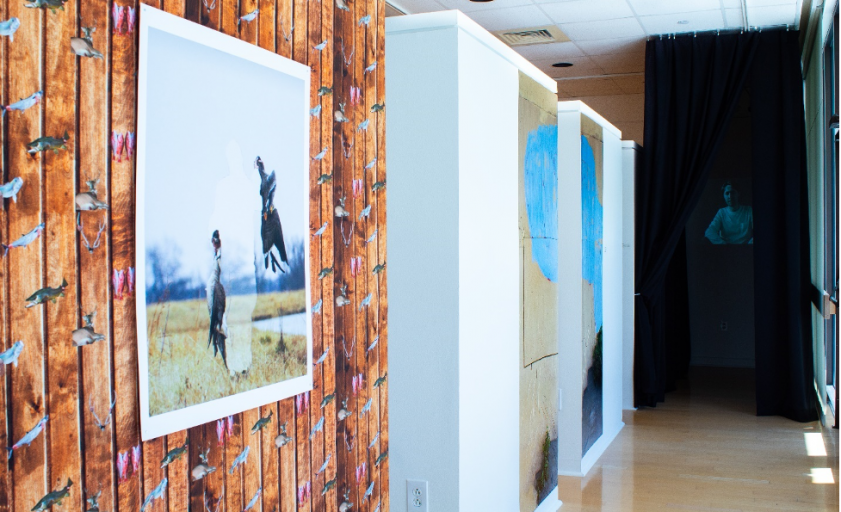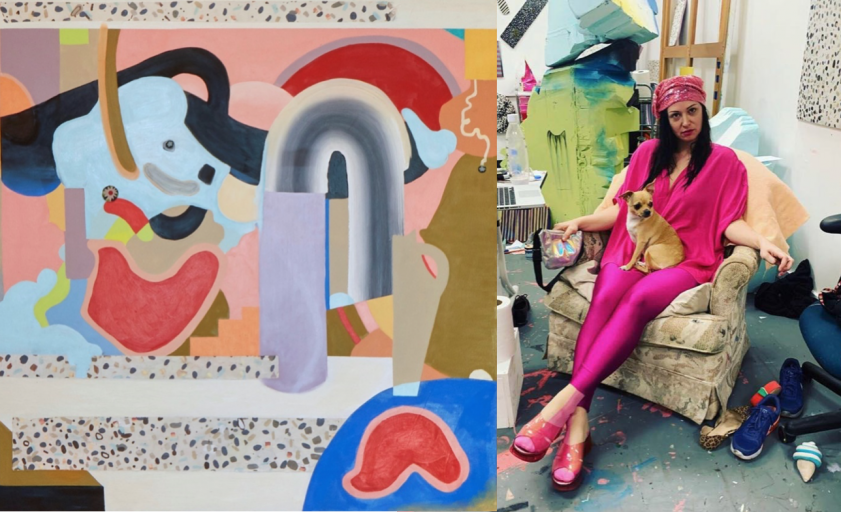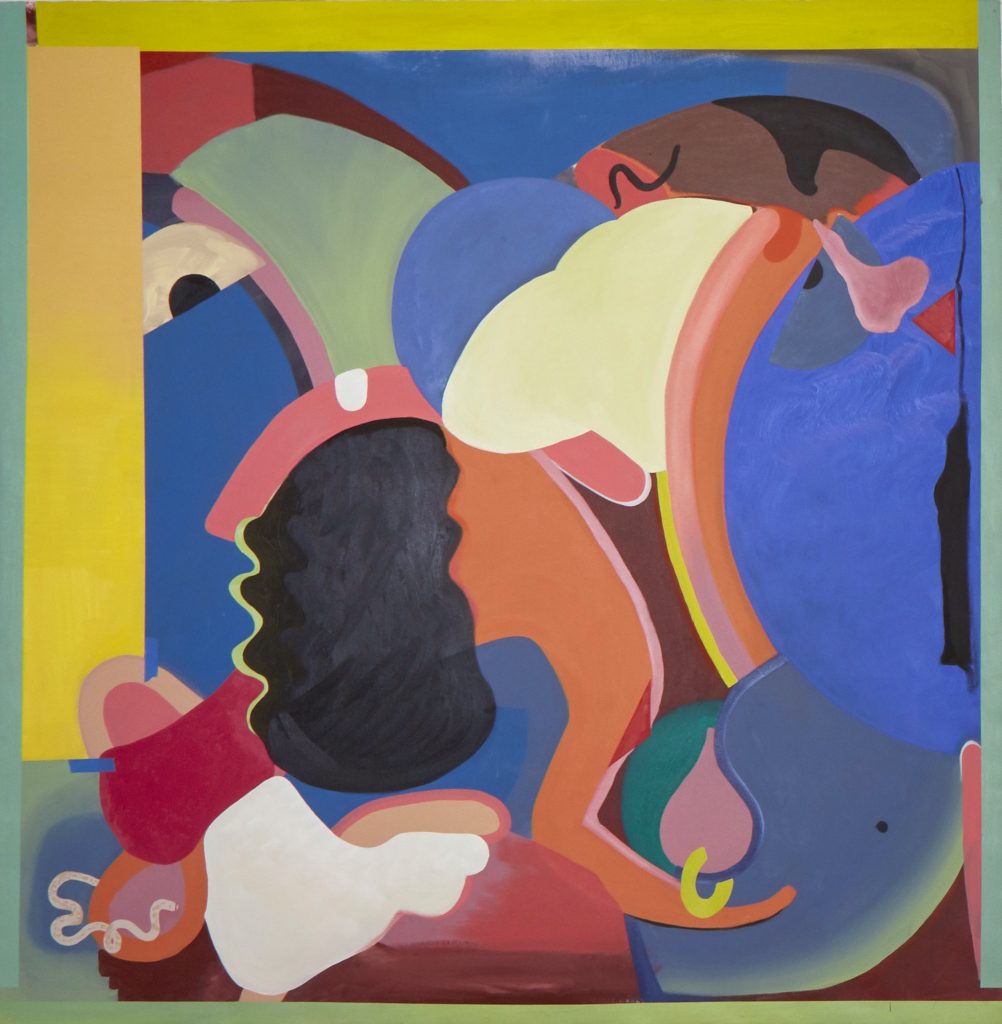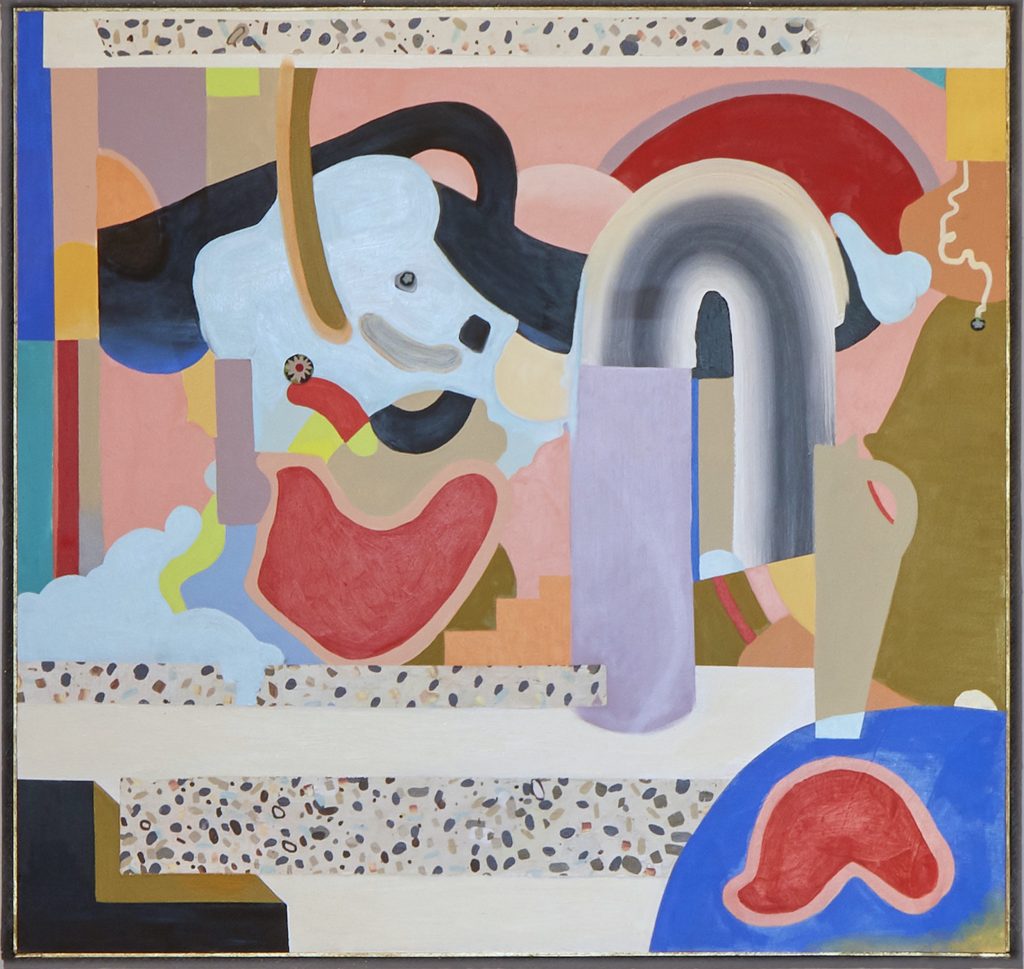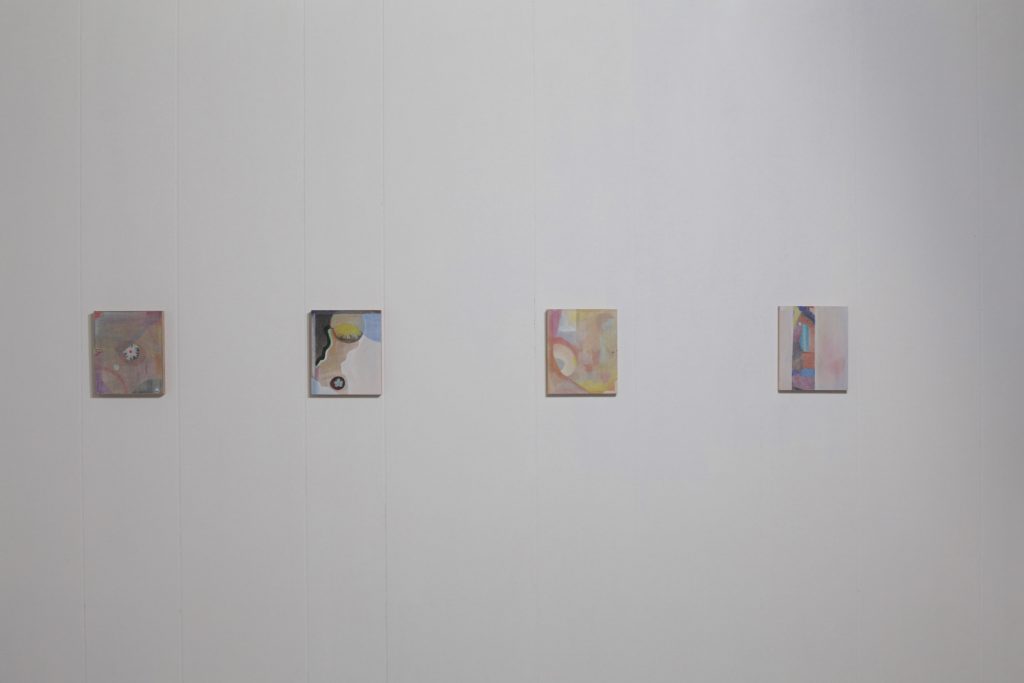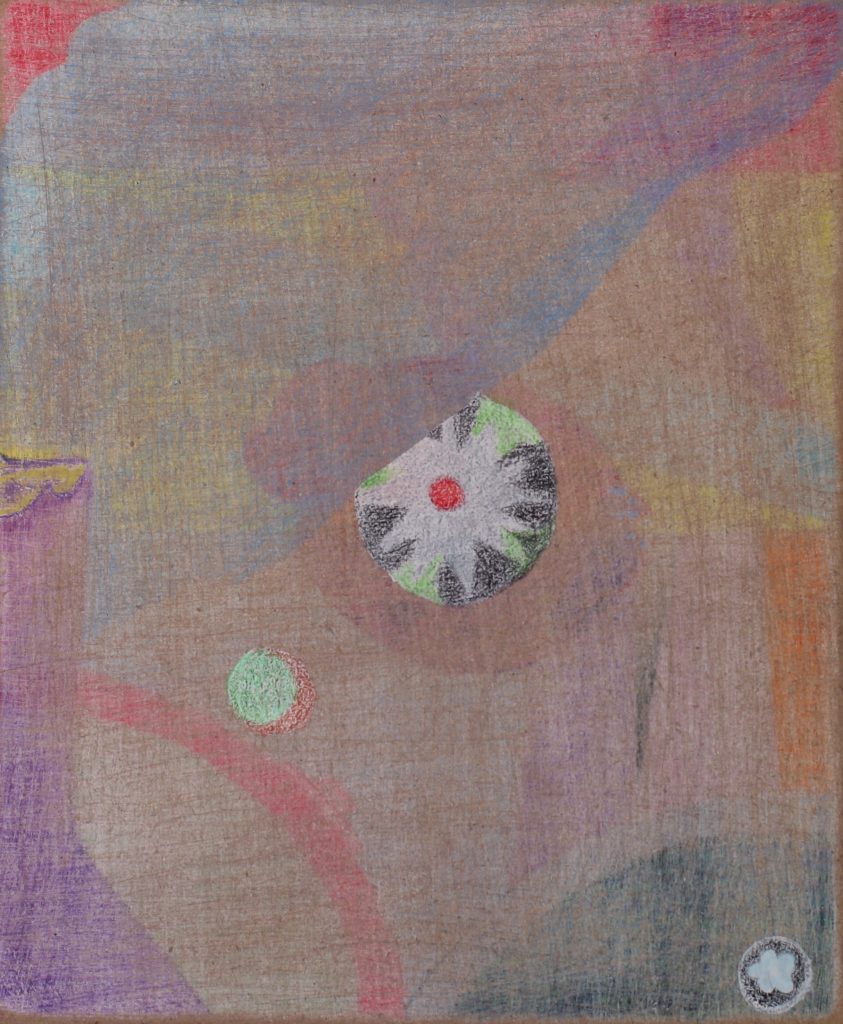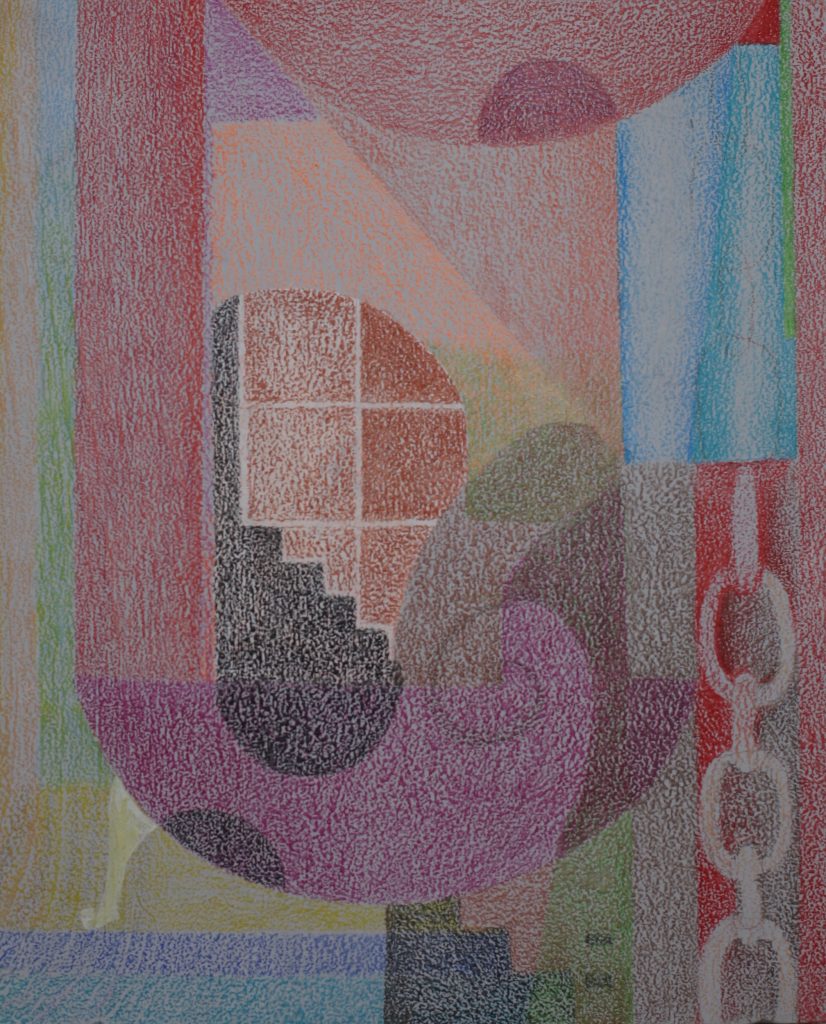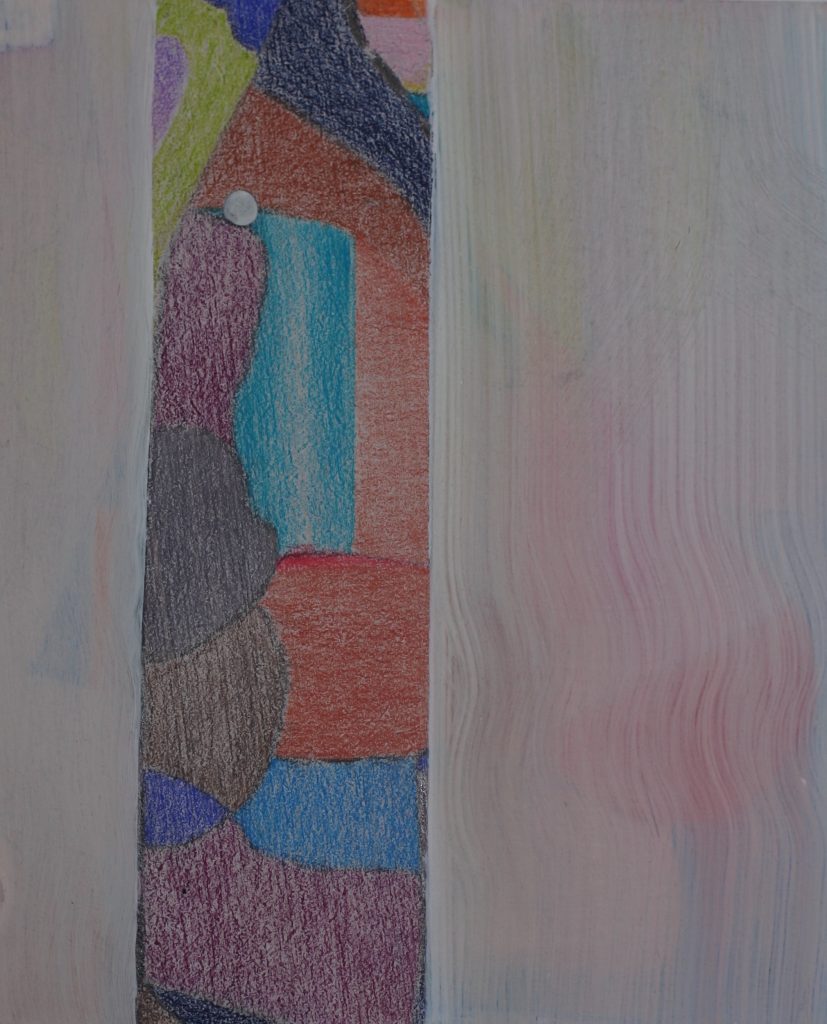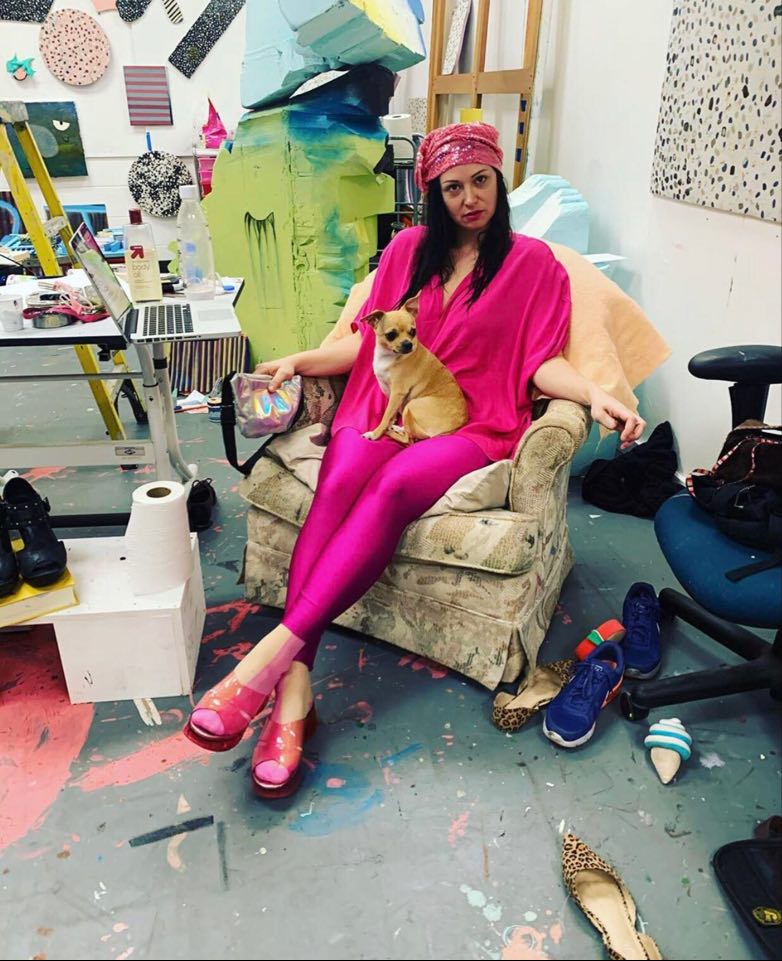by James Cartwright
“The main appeal of the name is that it speaks to how an artist collective functions on exhibition night: one shared space with many distinct voices.” – Katelyn Montagna and Adam Mathieu
Separate Checks is an artist collective founded in the summer of 2018 by Katelyn Montagna and Adam Mathieu, who created the group to reconnect with friends and encourage each other to produce new work. Additional members include McKinna Anderson, Aaron Castillo, Krista Darling, Jonathon Dorofy, Anna Dunwody, Nabil Harb, Andres Ramirez, Erika Schnur, Kristy Summerson, and Jessica Thornton. Many members are University of South Florida alumni who came through the School of Art and Art History’s photography program or the School of Advertising and Mass Communications. It is easy to imagine that assembling the group’s roster had a definite “getting the band back together” feeling.
While the USF connection forms the backbone of Separate Checks, other artists have joined by contacting Adam and Katelyn on social media. Adam amusingly recalls how member Aaron Castillo slid into his DMs on Instagram before meeting with him and Katelyn in person. They describe the encounter as feeling like they were on a blind date with a photographer, but thankfully everyone clicked and the date did not end in awkwardness and disappointment.

Photography credit: Emiliano Settecasi.
The many distinct voices of Separate Checks will be in conversation with each other in Narrative Nowhere, showing at Hillsborough Community College’s Gallery221@HCC Dale Mabry from November 2 – December 10. Visitors are encouraged to view the show in person, by making an appointment on the Gallery221 website and following guidelines on social distancing. Originally slated to debut this spring, it is yet another exhibition that was postponed because of the coronavirus. The show’s change in schedule also led to a change in content, as the extended timing allowed artists to respond to their experiences over the past eight months of this turbulent year.
The initial concept of Narrative Nowhere was to invite other artists to collaborate and reflect on personal histories and the geographic spread of the group, but some members have refocused on addressing Covid-19, racial tension in the United States, and the U.S. Presidential Election. The collective has worked in concert with Gallery221 director Amanda Poss to adjust to these atypical conditions and deliver a show well-suited for this cultural moment.

Photography credit: Emiliano Settecasi.
Andres Ramirez is one member whose work confronts the political, with the artist reacting to the Trump administration’s brutal border policies. His images in Narrative Nowhere are “about facades and what hides behind them; whether they’re digitally invented or not, these images are constructions much like the norms of our society.” This year he has been grappling with the concept of borders and their violently divisive nature, as he questions whether they should even exist.

Photography credit: Emiliano Settecasi.
Anna Dunwody’s recent works tangle with themes of loss, discovery, and regrowth. Here she displays a series of cyanotypes that she created while in quarantine. She draws connections between the unpredictability of this year and her chosen media, musing that with cyanotypes “you can do everything with such care and intention and each one always comes out a little different and maybe not how you wanted or expected, much like life.” She says that in her work she seeks to find the constantly surprising and occasionally beautiful.

Photography credit: Emiliano Settecasi.
The current exhibition at HCC represents a major sign of growth for the young collective, who previously held one-night-only showings in venues like the Creative Loafing Space and Dojo Sounds recording studio in Ybor. Those events emitted a special “blink-and-you’ll-miss-it” energy, where it was exciting to see a show in an unfamiliar space and not already know everyone there. However, Adam is thankful for the opportunity to display work in a fixed space like Gallery221, where the group can reach a wider audience and their works are given ample time and room to breathe.

The Main Course one-night-only show held at the Creative Loafing Space in 2018. Image taken by Anna Dunwody. 
The members of Separate Checks meeting during simpler times. Image taken by an unnamed family member of the group. Sorry, fam!
Why join an artist collective in the first place? For McKinna Anderson, the group offers her friendship and a sense of accountability, without being restrictive or stifling her voice. Living in Nashville in 2018, she knew Adam and Katelyn from her time as an undergrad at USF and she found herself wandering through a similar post-graduate fog until she joined Separate Checks. She explains that the group has a tethering effect, acting as a lighthouse that always leads her back to the art community.

The group’s identity is still in flux, but it adopts several traits from its founders. Adam’s Fine Art background blends with Katelyn’s graphic and advertising skillset to produce something with an art school sensibility and savvy self-promotion. The mixing of elements is persistent among the membership, with both Aaron Castillo and Kristy Summerson moving between the Fine Art and advertising worlds. Member Jonathon Dorofy is also heavily involved with the group’s branding, where he imbues quintessential Florida motifs with a sleek veneer and graceful simplicity.
In a subtle way, the collective also has a quiet confidence that reflects Adam’s and Katelyn’s personalities, wherein his calm demeanor and her animated enthusiasm form a perfect partnership.
Separate Checks is currently finding its place in the Tampa Bay art community alongside established collectives like QUAID and the photography-centered Fountain of Pythons. USF photography professor Wendy Babcox is a member of FOP, and Katelyn remembers being intrigued by the group when Babcox mentioned it in class. Babcox’s guidance has had a lasting impact on Adam and Katelyn, and they single her out as an important mentor from their undergraduate days. Additionally, FOP member Selina Roman also serves as a member of Gallery221’s Advisory Council, and she proposed the Narrative Nowhere show to HCC. She was one of the earliest and most ardent supporters of Separate Checks, and she continues to offer her encouragement on its ventures.
What is next on the menu for the young collective? The group plans to eventually host a juried show, and they have kicked around the idea of having their own permanent exhibition space. They are becoming friendly with other artists collectives such as Portland’s Small Talk Collective and are discussing a show exchange and curating each other’s work. For now, they seem content with taking things as they come and not looking too far ahead.
When it comes to Separate Checks, part of the excitement is in not knowing what comes next. For many viewers, the Narrative Nowhere exhibition is likely their first exposure to the group. This show provides a rare chance to see numerous artists creating work together in the early stages of their careers. These separate voices are coalescing into something new right before our eyes. Don’t blink and miss the moment.
Narrative Nowhere runs from November 2 to December 10 at Gallery221@HCC Dale Mabry campus. To learn more about the gallery and make an appointment to view the exhibition, follow these links:
https://www.hccfl.edu/campus-life/arts/galleries-hcc/gallery221
https://outlook.office365.com/owa/calendar/Gallery221HCC@hccfl.onmicrosoft.com/bookings/
To learn more about Separate Checks, visit their official website:
James Cartwright earned his M.A. in Art History from USF in 2017. He focuses on cross-cultural exchanges in art production, while occasionally wandering into the realm of contemporary art criticism. He is an adjunct Art History instructor at USF and the University of Tampa, where he uses his liberal arts background to joyfully corrupt the impressionable youth of America.

